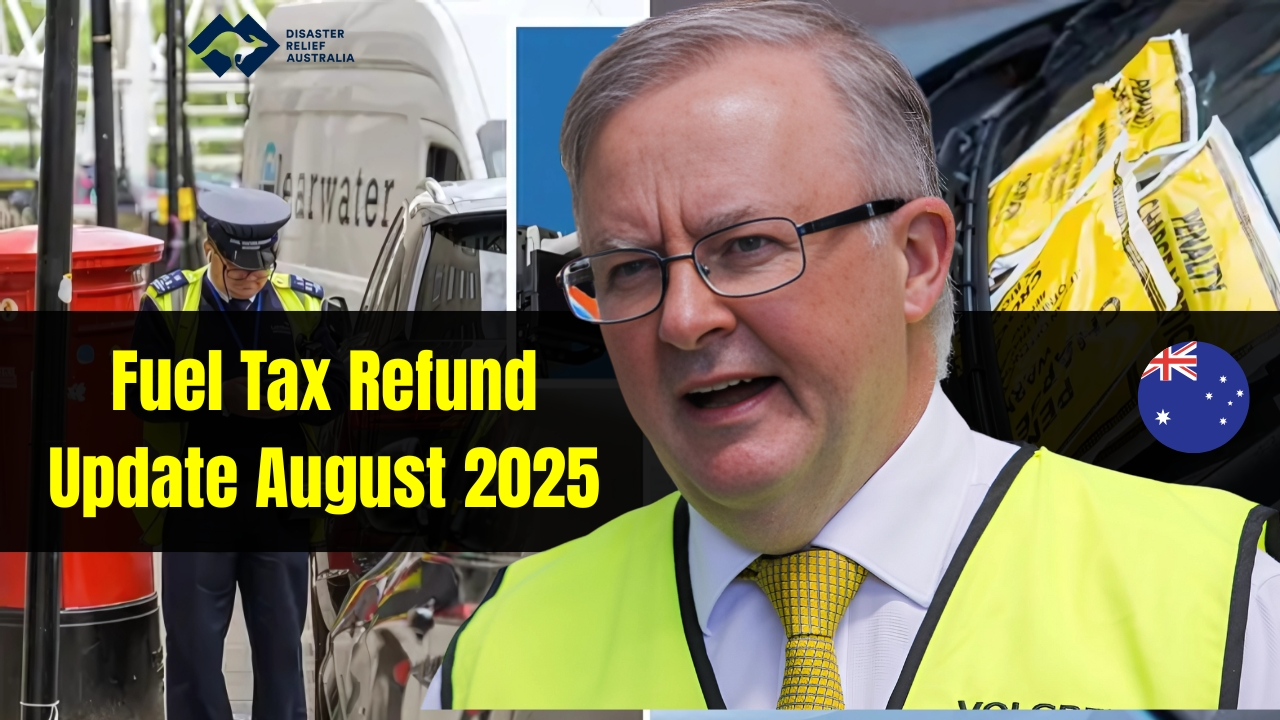
Tax Break for Rural Aussies Starts Paying Off: Up to $280 for Petrol Each Quarter
Kicking off in March 2025, a fresh fuel tax refund scheme is already proving a game charger for thousands of regional Australians dealing with skyrocketing gas prices. In many country towns, petrol is pushing $2.45 a litre, so the scheme is straight-up help for anyone whose daily drive is measured in hundreds of kilometres.
How to Cash In on the Refund
The good news is the refund is designed differently for each spot on the map. The bump-up is biggest for people in the remotest regions, and the size of the grant is tied to the Modified Monash Model that ranks each location.
Now drivers in the bush can claim between 10 and 14 cents for each litre they use, depending on where they live. Remote areas land the biggest help: 14 cents, the max available, so the refund goes to the spots where every drop of fuel counts most.
A remote family burning through 2,000 litres in a quarter can pocket $280 every three months. In a community where every trip to the doctor, the school, or the job takes extra fuel, that refund is more than a number—it’s real cash that can help pay for groceries, medication, or anything that matters.
Who Can Join the Fuel Refund Scheme
To join, you need to meet a few straightforward rules. You must be at least 18, live in one of the designated regions (provided in MMM zones 3 to 7), drive a petrol or diesel car that you use for personal or work-related travel, and keep records of the fuel you buy.
The biggest winners will be farmers, Aboriginal and Torres Strait Islander people, and workers in the regionally critical sectors who drive long distances almost daily. People who live in big cities don’t qualify, because the scheme is specially designed to lighten the heavy fuel costs that country Australians carry. On average, country households burn 40% more petrol than their urban counterparts, so this helps even the odds.
Filing for Your Refund, Step by Step
Filing for the refund is set up to be easy, but you will need to stay organised. Keep your fuel receipts every time you fill up, and note the odometer reading so you can double-check the miles you drive. Every three months, file your claim on the ATO online site, and the money will land in your bank fast.
Make sure to familiarise yourself with the caps so you can plan your budget better. Zone MMM 3-4 pays the lowest, up to $230 a quarter at a 10 cent a litre rate. Farmers and workers in MMM 5 zones can claim up to $270 at a 12 cent rate. For MMM 6 and 7, the caps go up to $320 at 14 cents per litre, the maximum the scheme offers.
Beyond The Numbers: Why This Matters Every time someone from a regional community has to drive to work, the shops, or the doctor, they’re reminded that living outside a city often comes with hidden costs—chief among them transport. This new refund is the first step to saying, “We see those costs and we’re doing something.” In towns with few or no buses and kilometres to cover just to buy groceries, the car is the only option, not a luxury. The refund won’t completely balance city versus country fuel prices, but the government now recognizes the gap in a concrete way. Since the payment is tax-exempt, you get to keep the whole amount, dollars that can mean groceries or a school excursion.
Maximizing Your Benefits The refund is a win, but only if you act. First, head to the postcode checker to see if you’re in the right area. If the internet isn’t your thing, call or visit a Service Australia centre—lots of people in rural towns still prefer a friendly face. Next, after you fill up the car this week, keep that receipt. Every one of them is a ticket to a refund. Keeping petrol and odometer records before sending in your quarterly form takes only a few minutes but can add up to savings that feel good at the bank. Unlike city dwellers, who might have choices in how they get around, country people still face the same price at the bowser with every school drop or animal feed trip. In those moments, this refund isn’t just a little extra money—it’s the government finally saying, “We understand.”
Australia P-Plate Driving Laws 2025 – Key Changes, Penalties, and Safety Guidelines